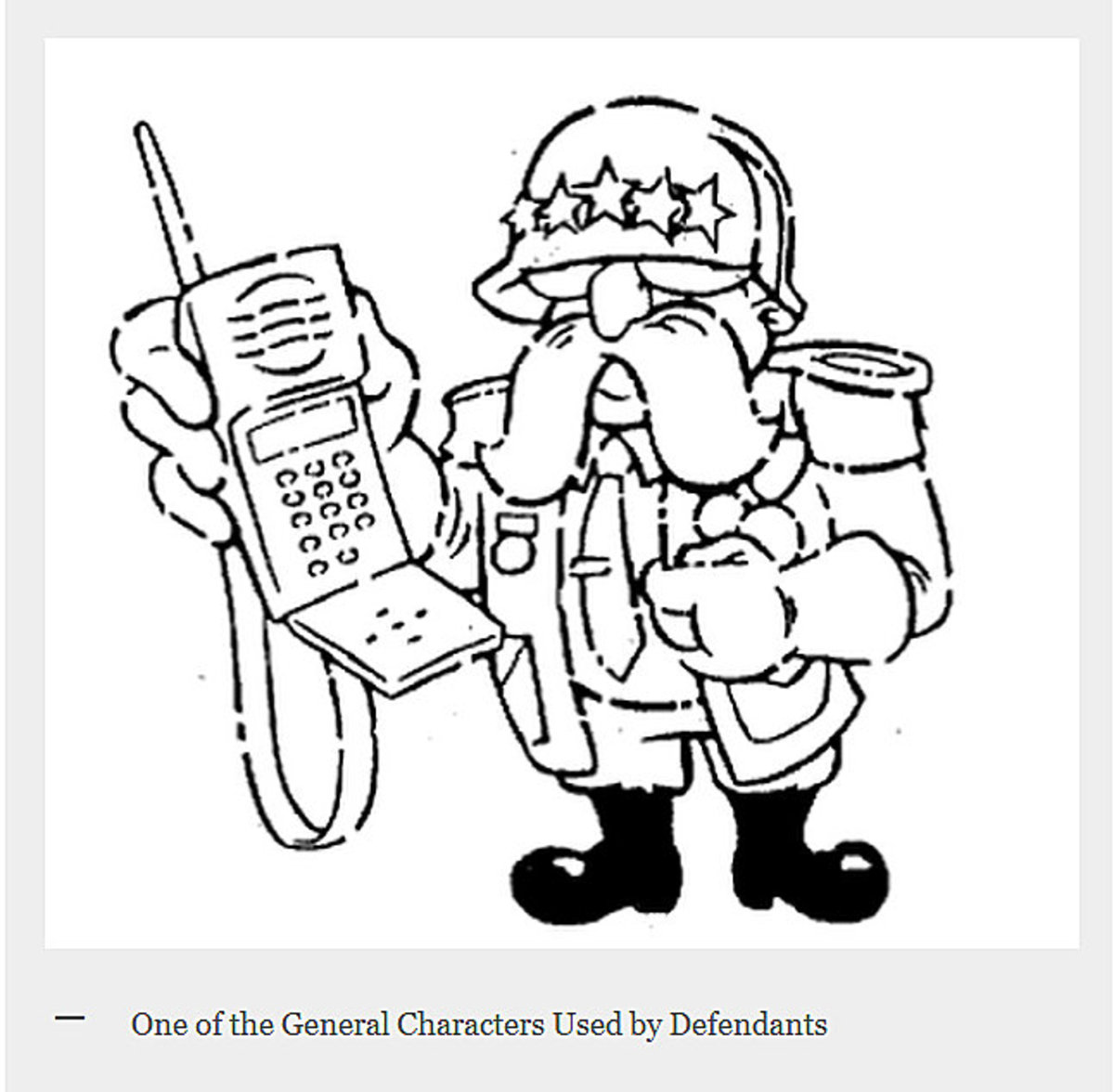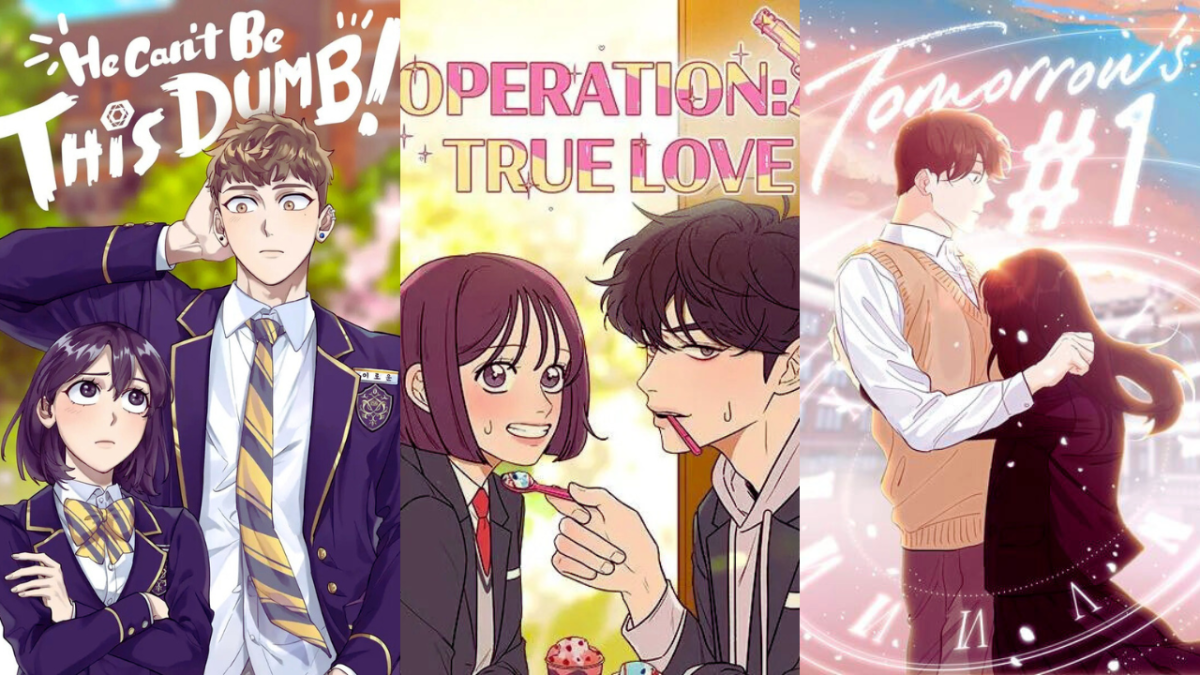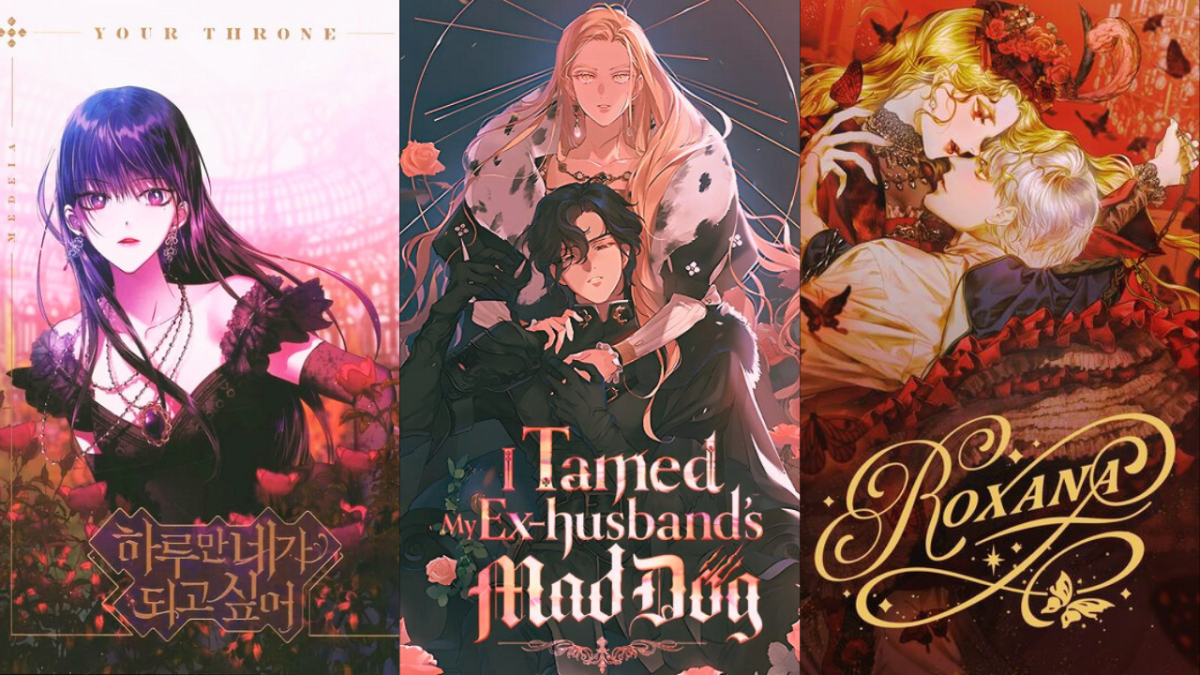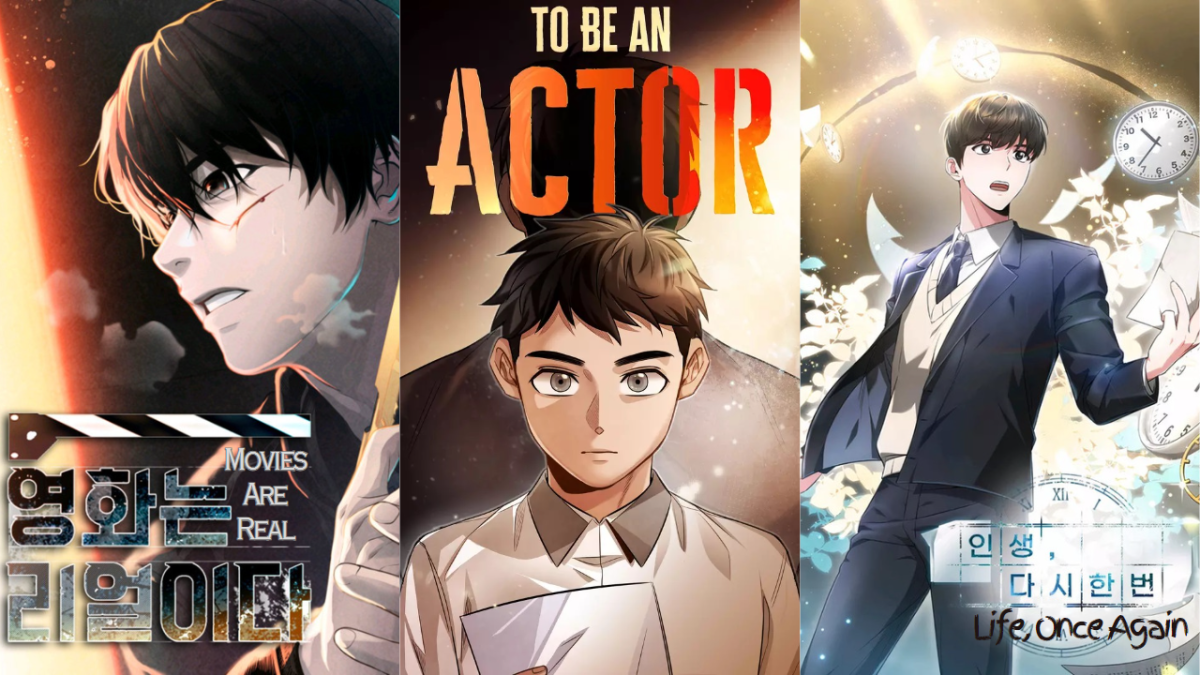The New US Copyright Law of 1998 (Sonny Bono Copyright Law)
By Rachael O'Halloran
Published July 16, 2014
ALL RIGHTS RESERVED!
United States Copyright Law of 1998
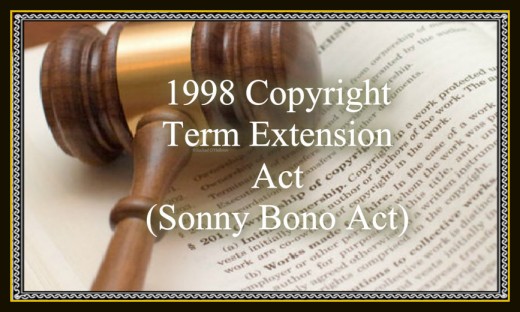
United States Copyright Act of 1976
By 1976, the United States Copyright Laws were antiquated. Courts were using very out of date laws to judge copyright infringement lawsuits. With wars going on and all kinds of shenanigans going on in the Nixon White House, Watergate and other notorious incidents, copyrights didn't rate high up on the list of things to be fixed in lawmaking.
Reluctant to make any major changes to the United States Copyright Act of 1909, the easiest thing for the United States to do would have been to join the members of The Berne Convention because members had to bring their laws in line with member countries. In 1955, the Berne Convention stood at a membership of about 79 countries.
But the United States didn't want to join them because, not only didn't they agree with many of their bylaws, they were at odds with most of the member countries and even at war with a few of them.
So when the Universal Copyright Convention (UCC) came along in 1955 as an alternative for all those who didn't agree with or want to be a part of Berne, the US joined them. They agreed to follow their bylaws, but never backed it up by making formal changes to their US Copyright Law.
They literally sat on their hands for six years until 1961 before addressing any revisions to recognize modern inventions like television, records, talking movies and radio, to name a few.
Further proof of how slow the wheels of government turn, from 1961 until 1964, Congress drafted multiple revisions but couldn't agree on the wording of the draft. Between 1964 and 1976, those revisions were in constant argument.
Finally an acceptable bill was drafted, voted on by both Houses, and sent to President Gerald Ford for his "John Hancock" on October 19, 1976.
Generally when a law is signed, it takes two years to go into effect - or on the January first of the second year after the bill is signed into law. In this case, it became law on January 1, 1978.
How is the 1976 Copyright Law different from the 1909 Law?
Since 1909, all copyrights expired after 28 years, with an option to renew for another 28 years, for a total of 56 years. After 56 years, works went into public domain.
Mark Twain fought for copyright reform, stating that copyrights should be for the life of the author and to continue for 50 years after the author's death. Well, he didn't live to see it, but this law gave him his wish - with strings attached, of course.
The first time a copyright is renewed after the initial 28 years has expired is called "the first term."
The second time a copyright is renewed after the second 28 years has expired is called "the second term." Total: 56 years.
In 1976, the 56 year term was kicked to the curb when copyright laws were rewritten.
If you were an "active author" who registered copyrights, then you knew about the updating of the 1976 Copyright Law. But if you were an occasional publishing author, you were in the dark like I was (see sidebar.)
The 1976 Copyright Law changed the terms to read: "copyright protection will last for the life of the author plus an additional 70 years.
"For an anonymous work, a pseudonymous work, or a work made for hire, the copyright endures for a term of 95 years from the year of its first publication or a term of 120 years from the year of its creation, whichever expires first. "
It also granted royalties to be paid to widows and heirs for an extra 190 years on copyrights which were about to expire.
I can't say I remember ever reading that last part before, but it's in there.
Other Works
The 1976 law provided a 75 year copyright protection term from date of publication for all anonymous works, works published under pseudonyms and works for hire.
Fair Use
Fair use was addressed for the first time. Under the new 1976 law, fair use was no longer automatically considered copyright infringement and now were to be decided in a court of law.
Registering a work required one copy to be on file at the Copyright Office, but the 1976 law was updated to clarify that if the copyright forms were en route to the author by regular postal mail, then the work was retro-protected.
If the work was already published, two copies were required to be on file at the Copyright Office. When filing a claim of copyright infringement, the creator of the work must already have registered the copyright with two copies of the work on file. This holds true as of today's date.
How I Learned 1976 Copyright Laws Had Changed
Except for a brief mention on the nightly news and maybe a blurb in the "Book" section of the Sunday newspaper, the passing of the new 1976 law was not widely publicized. If you happened to go to the Copyright Office, you would see the blue and white pamphlet sitting on their counter with the multitude of other forms and paperwork piled up there. But lawmakers didn't go out of their way to point it out.
In January 1965, I wrote an article about dating services. My name was on it, with the copyright symbol, the year and the obligatory copyright blurb. This was the requirement at that time under the 1909 Copyright Law whenever you were going to submit the work for consideration.
I pitched it to a certain magazine who shall remain nameless, but I'll tell you they had the word "Red" in their title. They liked the article but said they couldn't use it. Their rejection letter went into the pile of others.
In February 1966, they published my article with a "staff member's" name on it. They didn't even say I 'contributed' to the article.
I was so mad, that in June 1966, at the ripe old age of 19 years old, I filed a copyright infringement claim in small claims court in New York City, where I was living at the time.
I lost my case because the judge said I had not registered a copyright for the article in my name. I told him I didn't think I had to, that I thought I was covered under the magazine's copyright. All I had as proof was my typewritten copy of the article (and about a dozen "draft copies"). In the top right corner of the first page was my name and the copyright blurb. The judge didn't believe me. He said I could have written it after I saw their article in the magazine. Steaming mad, I couldn't leave the courtroom without getting in the last word. My parting shot was: "It was my damn article, not theirs!" I was lucky he didn't hold me in contempt of court.
I decided that would be the last time that was ever going to happen. For the next eight years until 1974, whether it was published or not, I made sure I filed a copyright for every article and short story I ever wrote, and even my unfinished novel. Before any submission left my house in the mail, I mailed a copy to myself as proof of authorship (poor man's copyright.)
Paranoid? You might say that. The "Red" magazine pissed me off. I guess that's why I get so mad on HubPages when articles are stolen so much. I can't say there oughta be a law because there IS a law. We just can't enforce it.
In 1974 I stopped writing for a few years because of a disappointing experience with Vantage Press. After shopping around my now finished novel to a few publishers and agents and getting no takers, I thought the best guaranteed way to get a book published was to self-publish.
Of all those advertised, Vantage Press was the cheapest game in my home state of New York. They wanted $5,000 up front for a short run of 100 bound copies. Thereafter, all copies were printed on demand at a per copy fee - it was a luxury I couldn't afford. So I put the book away and forgot about it.
I took a six year break until 1980. My head was not in publishing all those years, it was with raising a family and moving every five years. Somehow I had time to write a really cute children's story.
I decided I wanted to gift it to friends and family but first I wanted to copyright it. I sent my money order with a copy of my manuscript and the completed forms to the Copyright Office in Washington DC. By return mail, along with my registered copyright, I received a blue and white pamphlet detailing the new Copyright Act of 1976.
And that's when I got clued in about the "new" Copyright Law, that works were protected the moment you create them and that you didn't need a paper copyright until ready for publication.
Imagine my surprise! Who keeps up with that stuff?!
In 1980, we moved to Texas. I went to a small printing company in Dallas and paid $600 for 100 bound copies of my children's book (the shortest print run they would do) and gave it away to everyone I knew who had kids. It's 35 years later, I think I have about 20 copies left.
Congressman Sonny Bono
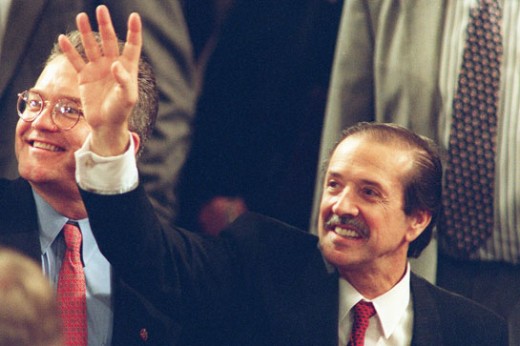
Copyright Terms - The Details
First and second term were explained using the following example:
"A work that was first copyrighted on April 10, 1923, would be renewed for another 28 years anytime during the one year period falling between April 10, 1950, and April 10, 1951, and will provide protection until December 31, 1979."
This work would have fallen into the public domain the first of the year, after April 10, 1979 - on January 1, 1980.
"Any copyrights in their first 28 year term on January 1, 1978 who wanted to renew for a second term would not need to formally reapply for renewal. Although the renewal term will automatically be provided, the Copyright Office will not issue a renewal certificate for these works unless a renewal application and fee are received and registered in the Copyright Office." (Again, it's all about the money!)
The current 1998 Sonny Bono law kicked in on January 1, 1998 bringing all works into full term of 95 years. So this April 10, 1923 work in the example will be protected until December 31, 2018 for a total of 95 years and enters the public domain on January 1, 2019.
Any work published before January 1, 1978 would be protected for an additional 20 years for a total of 95 years from publication date.
Public Domain Advocates
People who were waiting for works to come into public domain (like librarians and researchers for example) were not in favor of this law because it lengthened the terms of when works entered the public domain.
Publishers and libraries brought lawsuits because now almost no works would come into public domain due to this wording:
"Any works created in 1923 or after that were still under copyright in 1998 will not come into public domain until 2019 unless the owner of the copyright allows them to be put in the public domain. Any expired copyrights are still expired. Works created before January 1, 1978 but not published or registered in Copyright Office stay protected until December 31, 2047."
Government championed this law because not only was it financially beneficial to them and to the copyright holders, but the extra 20 year extension brought them in line with the European Union's recently changed Berne Convention laws that added 20 years as well.
The Sonny Bono Act was signed into law by President Bill Clinton on October 27, 1998, making it effective January 1, 2000. Because Sonny Bono was one of a dozen Congressmen who sponsored this bill, it was named in his honor. Sadly he never saw it come to pass.
Sonny Bono died January 5, 1998 in a ski accident at Heavenly Ski Resort near Lake Tahoe, California. He had been mayor of Palm Springs, California from 1988 to 1992 and Congressman from 1992 to his death in 1994.
The Mickey Mouse Copyright Act
Ironically, the Sonny Bono Act is known by several other names and to me, the most amusing name is the Mickey Mouse Copyright Act.
The reason for the name is because this new 1998 law had a lot of support from prominent Hollywood names as well as heirs to famous copyright holders: the Family Trust of George and Ira Gershwin, the Disney children and grandchildren, heirs to William Faulkner's estate, and the children and grandchildren of Oscar Hammerstein, whose daughter died just earlier this month in July 2014.
When the new law retroactively extended copyright protection, it delayed a lot of really great content from coming into the public domain for an extra 20 years. This allowed the copyright owners to make more money, but deprived the supporters of public domain of expectations.
Notably, the 1939 book "Gone With The Wind," would have come into public domain on January 1, 2010 when the 70 year copyright term expired. The film will come into the public domain January 1, 2015.
Walt Disney's Steamboat Willie, the first Mickey Mouse cartoon, would have come into the public domain on January 1, 2004. This would have permitted anyone to use Steamboat Willie in their own creative works. Because it remains under copyright, Walt Disney Corporation and heirs to the Walt Disney estate, who strongly favored this law, now continue to earn revenue from it for an extra 20 years.
Those in favor of the law believe that by holding copyrights to longer terms, it encourages future artists and authors to create "original works, rather than reuse old works."
This would have definitely monkey wrenched the careers of artists Richard Prince and Andy Warhol who wouldn't have been able to sell or exhibit their work because they literally built their careers on previously copyrighted works of other artists.
Examples of Richard Prince's work can be seen in this article about Patrick Cariou's lawsuit which sued Richard Prince for literally stealing his photographs, distorting them with paint and then called them "transformative art."
Carious lost the lawsuit. Sorry to bring that up again. I feel the judges' verdicts in the various court decisions were just so wrong.
I'm not saying Richard Prince and Andy Warhol could not create something new and original. I'm just saying they built their careers on not having to be truly creative in their own rights.
Delaying Public Domain Dates
Previously works which were published in 1923 would have come into public domain on January 1, 1979. The extra 20 years extended that to 1999.
Works published in 1950, for example, would have come into public domain 56 years later on January 1, 2007. Now it will be extended to January 1, 2027.
Twenty years might not seem like much time, but for those who are waiting for works to come into public domain, it can be a very long twenty years. For the authors and creators, the time can go by very swiftly.
On January 1, 2019, this law will have expired for many of the works which would have been in the public domain 20 years ago, if not for this law.
If creators and authors want to protect their works, they will have to come up with a heck of an argument or a very creatively written proposal of new law.
Graphic Explaining Current Terms of Copyright
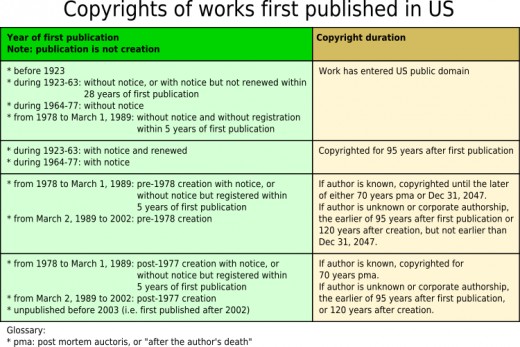
Links For Further Reading
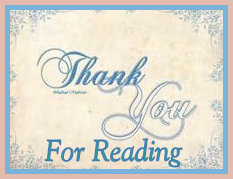
Do Not Copy

© Rachael O'Halloran, July 16, 2014
All Rights Reserved
© 2014 Rachael O'Halloran





